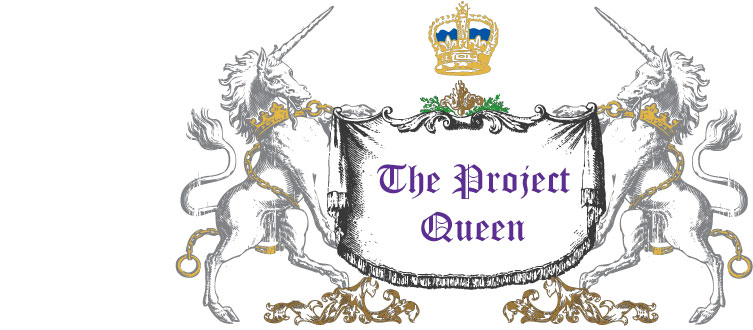I like Animation, and I’m not ashamed of it. I’m
quite partial to the Disney/Pixar films. One of my favorite movie quotes comes
from The
Incredibles.
You have to love a fashion designer who is absolutely certain she knows what is
best for a client. “No Capes!” Edna Mode emphatically declares when Mr.
Incredible describes his new, dream super suit. (The sign of a great movie
quote? You can use it in a large variety of situations, and it’s great for a
giggle every time.)
I know capes have been growing in popularity with
the fashion conscious. (So there, Edna!) I can’t say owning one was high on my
wish list, however. Now, I can’t speak for other project queens, but every once
in a while you encounter a pattern which unexpectedly speaks to you. A cape
pattern in the Winter 2013 issue of Stitch magazine became just such a
project for me last fall. (I didn’t get to it until January, but that’s another
story.)
I think part of this pattern’s appeal is its
simplicity. On occasion, it’s nice to work on something easy which can be
finished within a few days. “Easy” means you can give extra attention to the
details. Sometimes “easy” might also be just the thing to suit something
special in your stash. I have some wool coat fabric in my collection that was
acquired during a trip to New York City in 2007. I bought it from a shop in the
garment district, and I can quite confidently say it’s the most I’ve ever paid
per yard for apparel fabric. I think it was worth it. The wool is densely woven
and surprisingly soft. If I had to make a guess, I would say it’s probably
Merino. I actually purchased it for a coat pattern I have. Though the coat
pattern is nice, I never got anxious to get it made. I guess I was waiting for
just the right project for my precious wool fabric.
While this post is about my cape, it’s just as much
about the details, especially the lining. I paid $35 a yard for the wool and
always felt the finished project deserved a special lining. Outer wear,
especially dress coats and capes, can require a rather substantial investment
in time and materials. They are something you usually make with the intention
of using them for a very long time. So why not take a couture approach and
choose quality fabrics, including the lining? Remember, the lining may be next
to your skin. I can’t think of anything better than the feel of a luxurious
outer garment to ease having to go out into the elements. No one sees the
lining you say? Well, maybe not, unless you like to show it off. Here’s your justification
for spending more on a lining. Think of it as a special, decadent secret you get
to enjoy whenever you wear the garment. And
you’re worth it!
The wool fabric is a subtle heather which allows these ornate, gold buttons
to stand out.
I used metallic thread for the top stitching on this cape.
Gold was used on the outside.
It's a subtle detail on the wool. (A little difficult to see in a photo.)
This is the underside of the collar.
Copper thread was used on the lining side.
The lining is Chinese brocade.
I've wanted to use it inside an outer wear garment for several years.
It's a heavier fabric than most labeled as lining and far prettier
with the dragons and phoenix.
Since it's in a cape, there will be occasional peeks of it as the wearer moves.
True Chinese brocade is rarely wider than 36 inches, which means you may have to redesign
the construction of the lining a bit.
There may be some additional seams, so get more yardage than the pattern calls for,
especially if it has a pattern that obviously travels in one direction.
It will allow you to experiment with layout of the pieces and to determine
if a piece normally placed on a fold might need to be 2 pieces with a center seam.
I originally thought a center seam might be necessary in the back piece of my cape lining.
Because the pattern traveled lengthwise, that meant keeping the fold in the long direction
if I wanted all my dragons moving in the same direction inside my cape.
After placing the back piece on the fold for evaluation of my options,
I made the happy discovery that only a small part of the bottom corner was cut off.
It made more sense to fill a small gap in the side seam at the bottom,
than to have a large seam down the middle of the back.
I didn't use as much yardage as I originally thought, which isn't a bad thing.
The
Project
Queen







No comments:
Post a Comment